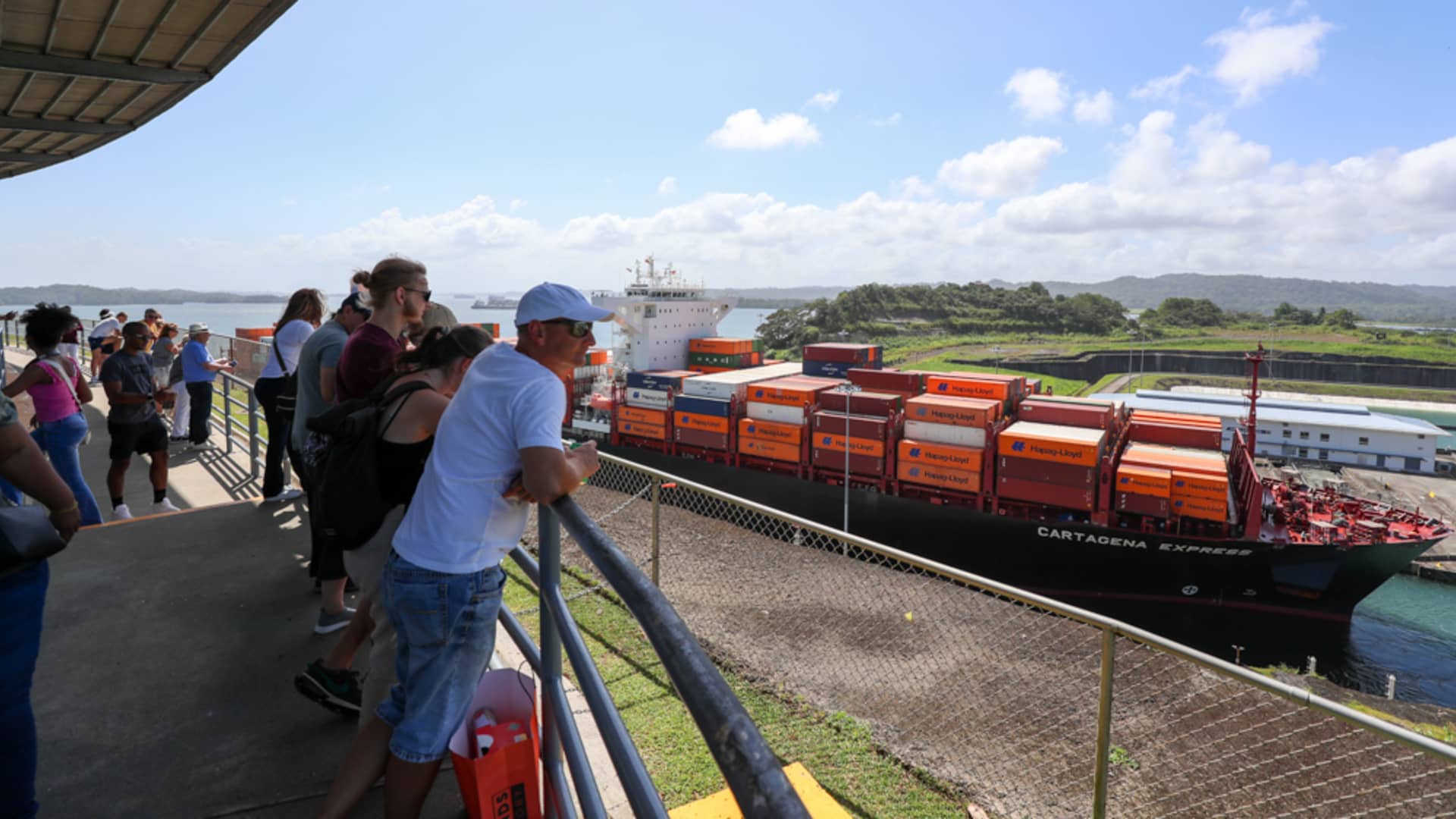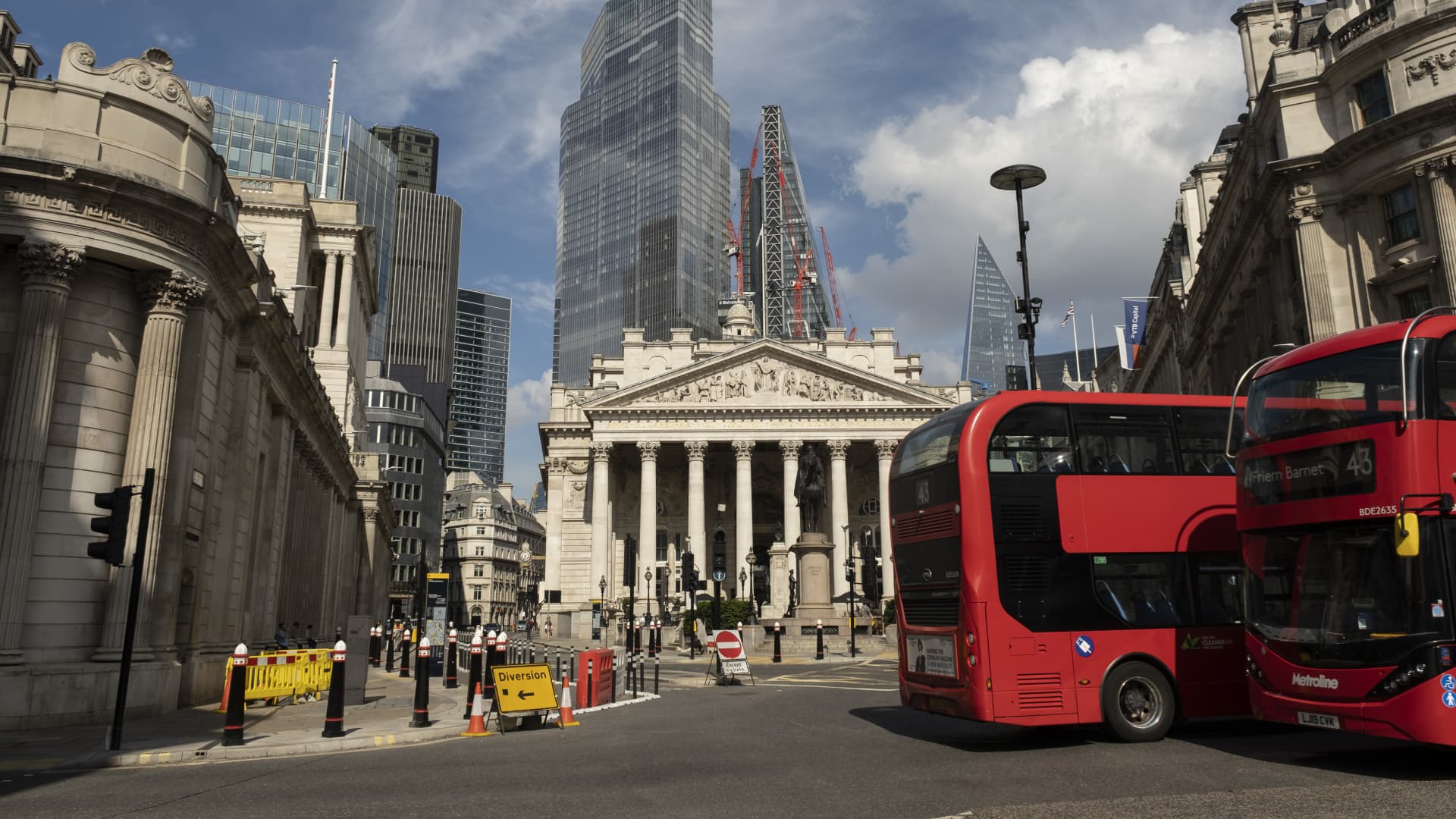Navigating Uncertainty: Trump’s Maritime Chief Addresses Panama Canal Options
In a significant announcement, President Trump’s top maritime official, Maritime Administrator Mark Hager, indicated that all options concerning the Panama Canal are being considered amid evolving global trade dynamics. This statement underscores the strategic importance of the canal as a vital artery for international commerce. As trade patterns shift and geopolitical tensions rise, the implications of the Panama Canal’s future become increasingly critical for the United States and the global economy.
The Strategic Importance of the Panama Canal
The Panama Canal, completed in 1914, serves as a crucial shortcut for maritime traffic, connecting the Atlantic and Pacific Oceans. This engineering marvel allows vessels to save time and resources by eliminating the need for the long and treacherous journey around the southern tip of South America. Today, approximately 14,000 ships transit the canal annually, carrying goods worth over $270 billion. Its role in global trade cannot be overstated, making it a focal point for international shipping and logistics.
Global Trade Dynamics and Their Impact
As global trade dynamics evolve, the Panama Canal finds itself at a crossroads. The rise of Asia as a manufacturing hub and the increasing demand for efficient shipping routes have put pressure on this critical passageway. The expansion of the canal in 2016, which allowed larger vessels, known as New Panamax ships, to transit, was a response to this changing landscape. However, as trade routes shift and new economic powers emerge, questions arise about the canal’s future role.
- Economic Shifts: The growth of e-commerce and changes in consumer behavior have altered shipping patterns. Companies are increasingly looking for faster, more reliable routes to meet consumer demands.
- Geopolitical Tensions: The rise of China as a dominant global player has led to increased competition for influence in global trade. The U.S. must consider how these dynamics affect its access to critical shipping lanes.
- Environmental Concerns: The shipping industry faces increasing scrutiny over its environmental impact. The Panama Canal’s operation must balance efficiency with sustainability, presenting additional challenges.
Potential Options for the Panama Canal’s Future
In light of the recent statement from Trump’s maritime chief, various options for the Panama Canal are under consideration. These options range from enhancing existing infrastructure to exploring new trade agreements and partnerships.
1. Infrastructure Enhancements
One of the primary options being discussed is the enhancement of the canal’s infrastructure. This could involve:
- Upgrading Lock Systems: Improving the efficiency of lock operations can reduce wait times for vessels, enhancing overall throughput.
- Technological Integration: Implementing advanced tracking and logistics technology could streamline operations, making the canal more attractive to shipping companies.
- Maintenance and Upkeep: Regular maintenance is essential to ensure that the canal remains a reliable route for shipping. Investing in upkeep can prevent costly delays and accidents.
2. Trade Agreements and Partnerships
Another avenue being explored is the establishment of new trade agreements and partnerships. By fostering closer ties with key trading partners, the U.S. can enhance its access to the canal and improve its positioning in global trade.
- Strengthening Ties with Latin America: By bolstering economic partnerships with Latin American countries, the U.S. can facilitate smoother shipping operations through the canal.
- Engaging with Asian Markets: As demand from Asia continues to rise, exploring partnerships with Asian countries can open new trade routes and opportunities.
3. Environmental Initiatives
Given the growing emphasis on sustainability, the canal’s future may also hinge on implementing eco-friendly practices. Possible initiatives include:
- Reducing Emissions: Collaborating with shipping companies to develop cleaner technologies and reduce the carbon footprint of maritime transport.
- Conservation Programs: Initiating conservation programs to protect the surrounding ecosystems can enhance the canal’s image as a responsible trade route.
Challenges Ahead
While the potential options for the Panama Canal’s future are promising, several challenges must be addressed. Geopolitical tensions, especially between the U.S. and China, pose a significant risk to the canal’s operations. Furthermore, the global shipping industry is still recovering from the disruptions caused by the COVID-19 pandemic, which have led to port congestions and supply chain delays.
Market Volatility
The volatility of the global market also presents challenges. Changes in demand for goods can impact shipping rates and the number of vessels transiting the canal. Companies must remain flexible and adapt to these changes to maintain profitability.
Investment Requirements
Investing in infrastructure and environmental initiatives requires substantial financial resources. Securing funding and ensuring that investments yield a return will be crucial for the canal’s long-term viability.
Conclusion: A Future Full of Possibilities
As President Trump’s maritime chief emphasizes the importance of considering all options regarding the Panama Canal, it becomes clear that the future of this pivotal waterway is ripe with possibilities. By enhancing infrastructure, fostering trade partnerships, and embracing sustainability, the U.S. can ensure that the Panama Canal remains a cornerstone of global trade. While challenges abound, the commitment to navigating uncertainty can lead to innovative solutions that benefit not only the United States but the entire global economy.
In summary, the Panama Canal is more than just a transit route; it stands as a symbol of global interconnectivity. As we move forward, maintaining its relevance in an ever-changing world will require collaboration, investment, and a forward-thinking approach. The decisions made today will shape the future of maritime trade for years to come, and the Panama Canal will undoubtedly continue to play a pivotal role in this narrative.
See more CCTV News Daily



